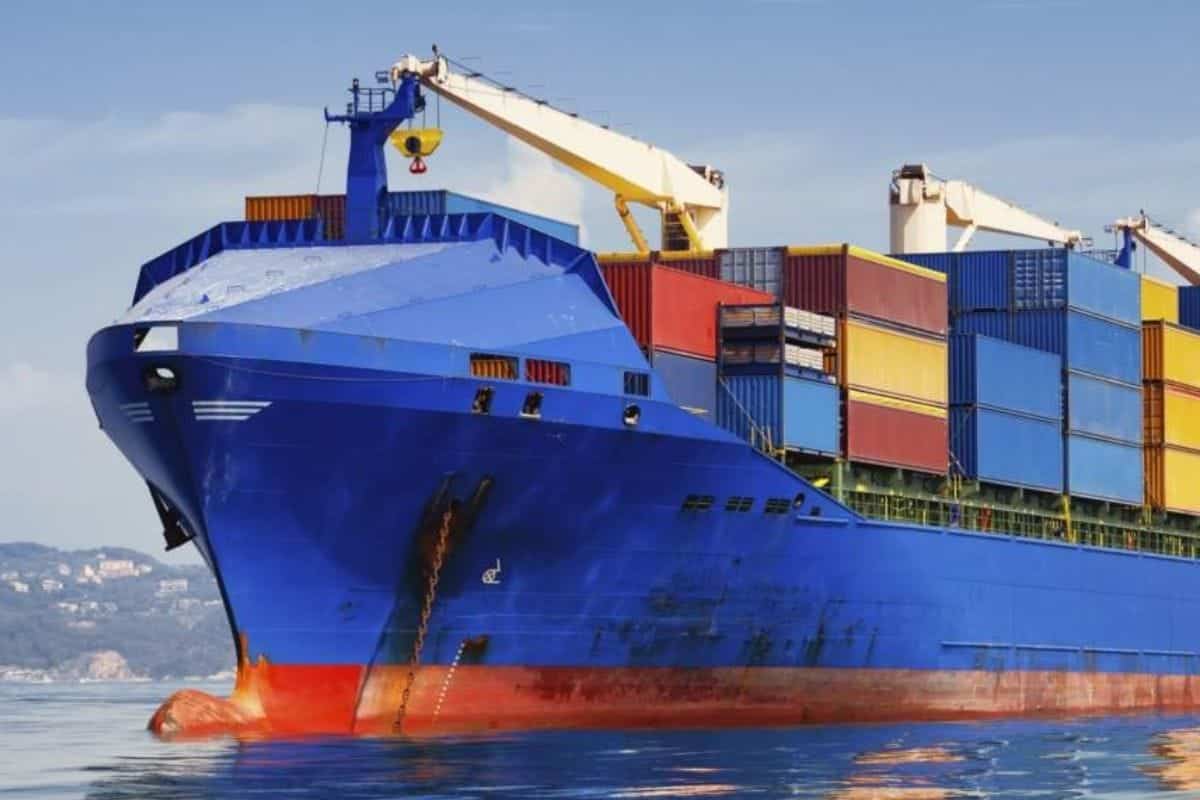This year’s peak shipping season was earlier and shorter than usual, as evidenced by the 68% decline in ocean shipping rates from China to the U.S. West Coast from their June peak.
The rate decline also suggests that, in light of tariff uncertainty, changing trade policies, and worries about consumer spending, some American manufacturers and retailers are being cautious about accepting new orders before the year’s busy fall and winter shopping seasons.
A federal appeals court threw doubt on many of the administration’s tariffs on Friday. The court struck down the tariffs but maintained the levies until mid-October to allow the administration to appeal to the U.S. Supreme Court.
Michael Aldwell, executive vice president of sea logistics at Kuehne + Nagel International, one of the biggest freight forwarders in the world, stated, “Shippers are telling us it’s really hard to plan right now.”
Due to economic uncertainty, some importers are lowering their inventory levels, according to Aldwell. Others continue to reduce the inventory they hurriedly added earlier this year in order to avoid tariffs.
According to London-based Drewry Shipping Consultants, the average cost of shipping a 40-foot container has decreased for 11 weeks in a row to $2,119, which is 40% less than its peak in mid-June.
According to data firm Xeneta, the average short-term contract rate to ship a box from China to the U.S. West Coast on September 1 was $1,802, a decrease from a peak of $5,553 in June. up international shipping rates.
That rate is the lowest since December 2023, when carriers were forced to reroute ships from the Suez Canal to longer routes around the Horn of Africa due to Houthi rebel attacks on ships in the Red Sea, which increased shipping rates worldwide.
Read full article : China’s Vision for AI: What Makes It Stand Out Globally
The Suez Canal diversions are boosting rates on some shipping routes, according to Peter Sand, chief analyst at Xeneta, but overall demand for space on containerships isn’t high because “no shippers appear to be in a desperate need of importing.”
Manufacturers and retailers have been rushing to react to tariffs for the majority of the year. Trade fluctuated wildly after President Trump announced levies on the majority of U.S. trading partners in April, followed by brief pauses, last-minute increases and decreases, and new targeted tariffs on specific goods.
The nation’s primary ports for ocean imports from China, Long Beach and Los Angeles, handled 655,066 containers in May, a 24% decrease from the previous month.
For the first time, the port complex handled more than one million import containers in July, setting a new record.
Source : wsj.com









